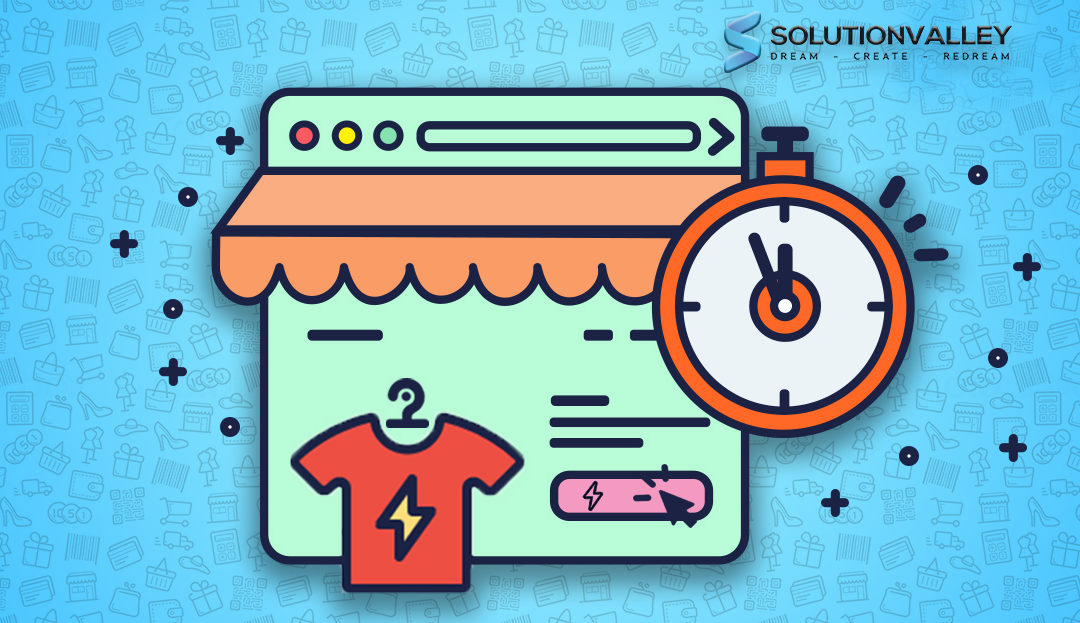It would be too late to say that ‘the world is going digital’. With everything moving with a faster pace, nobody really has the time to stop at a store and make a purchase.
They rather want to buy their favourite product while they are passing the store on the market.
Studies have backed that between 70-80% of people research a company online before paying a visit or making any purchases. That’s just one of many other reasons why online businesses are the new cool and this is more than just a trend.
Transforming your business into a digital business has now become a necessity, thanks to the evolving technology, consumer awareness, social media platforms and smartphones (of course).
Traditional methods of taking place in the market may still persist and work out for your business somehow but there’s no doubt in the fact that with the change in businesses’ landscape, the online world has forever changed the way people interact with the brands now.
An online business provides them with a scope of exploring much wider options and greater certainty that they are investing in the right kind of product.
However, turning your business online doesn’t only mean to have a mobile application or a customer service forum but also to build a website that can give your brand an identity that usually gets established in the first glance by the customer or the visitor.
About 48% of people said that the website’s design is the number one factor which helps them decide the credibility of the business and it just takes them 0.5 seconds to form an opinion!

That’s a lot of judgment, isn’t it? well, let’s face it, you can’t afford to oversee this and there isn’t a better time to start planning your website, already.
These websites have to be user-friendly which means they should be compatible with all kind of devices ( especially mobile phones) and have a great interactive user-centric interface ( it provides a one-up to your brand).
In fact, by this year, there shall be as much as 94% of small business websites which are mobile friendly. In a nutshell, having your own online business will give you
- The strength of having a strong customer engagement, they will be able to interact with you and share their feedbacks or issues with you which can be addressed and solved instantly.
- In a marketplace filled with fierce competitive brands, it will give you an opportunity to make people aware of your brand. Your brand awareness will make you more accessible to your customers and.
- Having amazing e-marketing skills up your sleeve, you will ace at being feasible at your marketing campaigns. You won’t have to set camps everywhere when you already have a lit marketing strategy that you can play at your own website and other platforms.
- And of course, it will allow you to expand your horizons further as there is no location bar when you are working online. You can build more customers from around the world, whatever suits your business.
1. Research
Before digging your head into any E-commerce platform, first, do your homework. Determine what you have to sell, make a point whether it can actually be sold online or not.
Peep into what your competitors are doing, mark your market cap, look out for your customers, identify their needs and what they actually want.

From your company, and most importantly, source your products and stock them up to be available or at least be sure to have them at your disposal when the website goes live.
When you’re done with these basic steps which are pre-requisites, you can now move on to the next step which is to find your right place.
2. Choose Your Platform
You have to pick the right e-commerce platform for your business that can do the job for you.
Remember that there’s nothing like the best fit for everyone, it all depends on your needs, your type of business, costs, what you want to achieve out of that platform and lastly, the type of third-party integration that is needed to be on that platform.
For those who are unaware of what third-party integration is, the third parties ( usual parties like Facebook, Google, etc) allow the developer to partial access to their features, programs, and systems so they there’s an additional app without having to build it from the beginning.

It helps the developer in boosting their user experience by serving a lot of other features on the plate while not letting the web operations getting disturbed.
Moving on, there is ‘n’ number of platforms to choose from, they can vary according to their types.
Choose the most suitable one for yourself while keeping in mind your checklist of factors that must fulfil with that choice of platform.
Perform your functionality test, compare the prices of different platforms, determine the right design for your website, see how far you can customize it for your unique touch, be sure and then give it a green flag.
3. Before You Launch it

1) Make sure that it is serving the purpose right. It often happens that in order to make it look creative and different, we deviate from the main objective and create a mess out of it.
Understand that the customer will not be solving riddles or trying to figure out what you’re trying to sell unless you make it look on point.
Be creative but do not let that sink in the original concept.
2) Make it look professional. As the aforementioned report, the user takes just 0.5 seconds to form his judgment so don’t try to play too hard.
Simple professionalism will go a long way and make your brand look good. Especially, if you’re a small business owner then you just can’t afford to play around with your website initially when your brand is at the stage of establishing its presence in the market.
5) Make it a point to put on the analytics to measure how much success you’re making. It is important to know all the highs and lows so that further work can be done upon it.
This will help you track your visitors, conversion rate, average revenue, most liked product and so on.
7) Choosing a great domain name is as important. Not just your website but your domain name will also serve as a factor to form an identity of your brand.
Just don’t make it too complicated. Keep it simple, that can be easy to remember or type.
4. Ready, Set, Go





Recent Comments